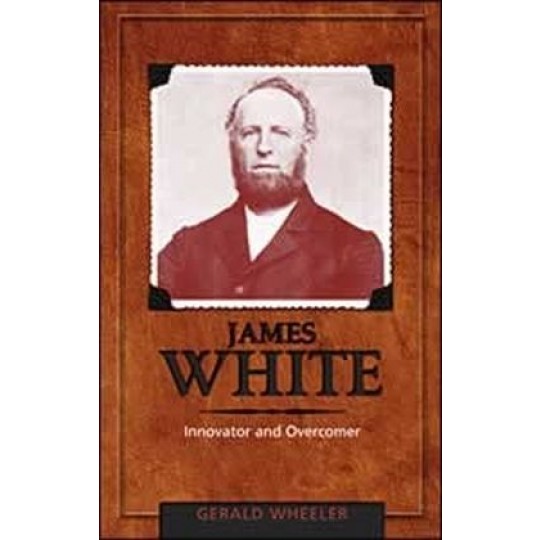Reviews and Endorsements
-
[ Bookshelf Review ]
- Among the many key dates of Adventist history, I have long suspected that the 1920s is a forgotten hinge point that changed the church, a time when in reacting against modernism Adventism became unmistakably modernist. So I appreciate the work historian Dr Michael Campbell has done to chart the various forces inside and outside the church, highlight some of what was lost, and describe the uniquely Adventist fundamentalism that has shaped the church for much of the century since.
As a sequel to 1919, 1922 steps further into the complex issues of this pivotal time in Adventist and Christian history. The title event was the General Conference session of that year, held in San Francisco, at which the critics were able to remove A G Daniells—the longest-serving General Conference president—from office. While this is the final chapter of the book, Dr Campbell’s analysis of the various surrounding issues points beyond this date to the profound changes this would bring. This would include attitudes to inspiration, beliefs, science, race and gender—with both theological and practical implications.
As one example, Dr Campbell notes that in 1910, there were about 1000 women employed by the Adventist Church as pastors, editors or church leaders—among about 5000 denominational employees in the United Sates at that time. By 1930, the number of women in such roles had fallen to almost zero. And the church has not yet recovered from this loss.
As the story of a changing church in a changing world, 1922 resists simple answers but identifies significant questions we are yet to fully confront. Some of this is likely the work of the mooted third book in this series, but some of this work is for us to do in the collective life and witness of the church today. Recognising how we have been shaped by our history and contexts, we need to continue to ask what it means to be the faithful people of God in our time and place—and books like 1922 help us to question some of our assumptions, learn some of history’s lessons, and remind us that God is with us in this work.
—Nathan Brown, book editor, Signs Publishing
-
[Endorsement]
- "Campbell has unearthed a 'fundamentalist shift' in Adventism that shows how indebted the modern church is to the fundamentalist movement of the 1920s." -Matthew J. Lucio, pastor and host of the Adventist History podcast
-
[Endorsement]
- "The work of Dr. Campbell is comprehensive and brilliant. This contribution is an honest assessment of Adventist history." -Efrain Velázquez, PhD, president, Inter-American Adventist Theological Seminary
-
[Endorsement]
- "What scholars are saying about this important study by Michael Campbell *Michael Campbell has moved Adventist historiography an important step forward in his insightful exploration of the first half of the 1920s, a pivotal decade in the denomination's development." -George R. Knight, professor emeritus of church history, Andrews University, and the author of many works on Adventist history.
![Adventist Book Centre Australia [with ABC Christian Books, Better Books and Food and Christian Life Resources]](https://adventistbookcentre.com.au/skin/frontend/arw_sebian/default/images/logo.jpg)












